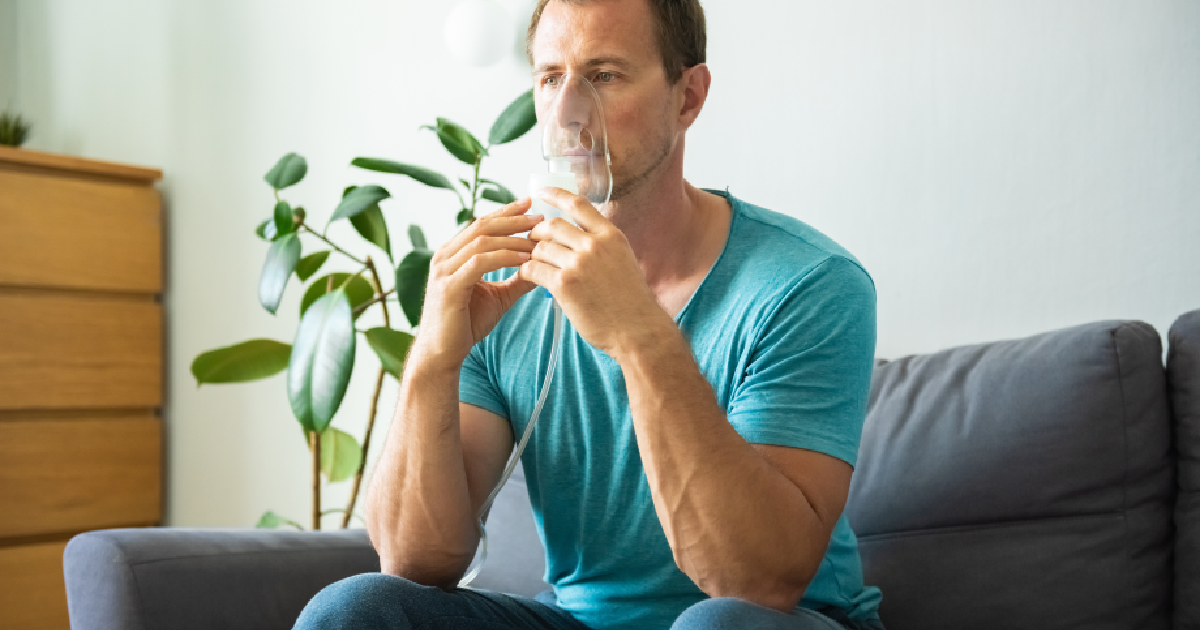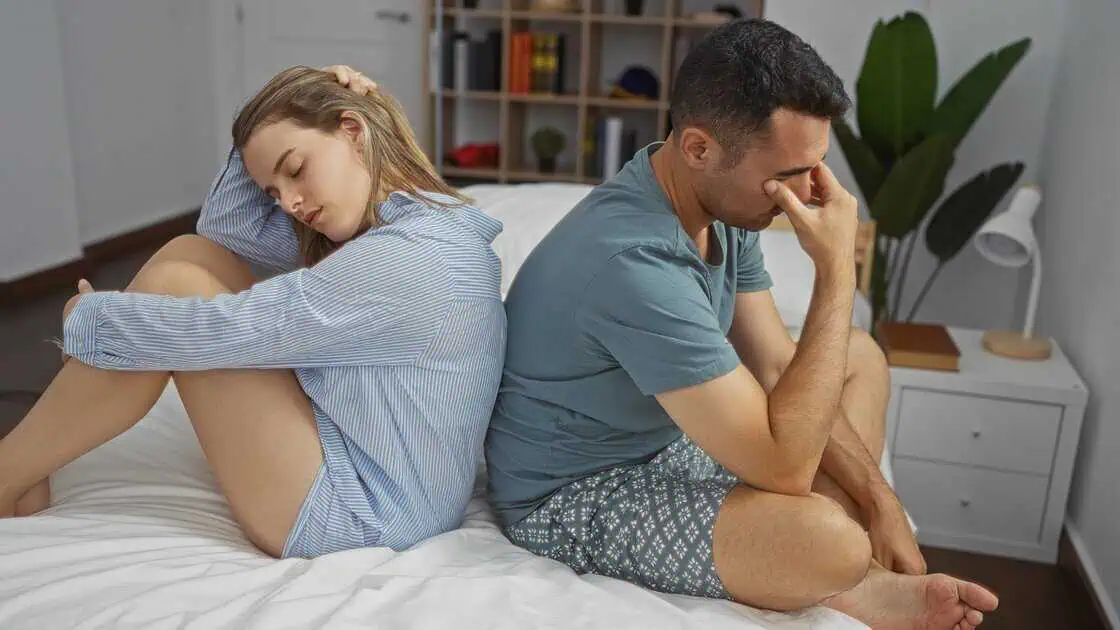It’s normal to slow down, have less energy, and not be as physically strong as we once were as we age. These factors make us more susceptible to injury. Injuries caused by falls are the most common reason older adults visit the emergency room. Here are the facts:
● The second leading cause of unintentional injury-related death is falls. In 2022, 46,653 people died in falls.
● 13.8 million adults in the United States over 65 have osteoarthritis (OA), the most common type of joint disease that affects 1 in 7 adults of all ages or 32.5 million people.
● Many elderly people have medical conditions that reduce their range of motion and cause joint stiffness, increasingly their likelihood of sprains.
● Thicker ligaments, disc degeneration, and arthritic facet joints are problems many seniors face, raising their odds of lower back injuries.
With such high statistics, it’s important to learn how to reduce your risk of injury or avoid worsening an underlying condition. Reducing your risk of injuries as you age is possible through a healthy, active lifestyle and by practicing safety and prevention.
Nova Vita Solutions
At Nova Vita, we offer a comprehensive approach to pain management and injuries, focusing on personalized care and innovative therapies. One of the therapies we offer is a Ketamine infusion that effectively minimizes chronic pain symptoms that are the result of neurological issues. It targets the nervous system and helps redirect neural pathways and pain signals previously affected by injury, infection, or disease. We also offer non-pharmacological treatments to help manage chronic pain and injury healing such as ozone therapy, vitamin infusions and boosters, and weight management. Our NAD+ therapy, aka “the fountain of youth,”boosts DNA repair, immune health, energy, athletic performance, mood, and heart health. NAD+ helps reduce the visible and biological effects of aging and age-related diseases and helps protect against neurodegenerative disorders. If you are looking to minimize chronic pain, heal injuries, or reduce aging symptoms, contact us today to schedule a consultation and learn more about our pain management services.
What Does Aging Look Like?
Whether you’re a pro athlete, a gym rat, or a casual trailblazer, there omes a time when your body can no longer keep up with what your mind wants it to do. One of the best ways to continue athleisure fun without getting hurt is to understand how your body changes as you age and what you can do to keep it safe and healthy.
As you age, your tendons lose elasticity, making you less flexible and stiffer. Your heart will lose strength, making you work harder throughout a workout or day-to-day activities. The cartilage will slowly deteriorate, causing a reduction in cushioning between your bones. You will easily lose muscle mass, balance, and coordination, making you more susceptible to musculoskeletal injuries.
Common Injuries As You Age
As we age, our bodies become more fragile and susceptible to injury. Staying active, eating well, and getting proper exercise can help prevent injuries, but the reality is our bodies will naturally decline overtime. Understanding common injuries in our senior years can help us understand how to be aware of risk factors and proactively prevent them. Typical injuries as we get older may include:
● Bone fractures: caused by a sudden force that strikes your bone.
● Sprains: occur when a ligament is stretched or torn (common in ankles and knees).
● Cartilage tear: caused when the protective sheath covering the ends of some of your bones is damaged.
● Concussion: a brain injury caused by a traumatic brain injury or head trauma.
● Golfer’s elbow: inflammation of the inside elbow’s tendons.
● Achilles tendonitis: overuse injury that affects the tissues that connect your calf muscle to your heel (common among runners).
● Tennis elbow: inflammation of the outside elbow’s tendons.
With weaker bones more susceptible to breaking, and an increased risk of fractures and strains, we may not be able to withstand impacts like we could when we were younger. An example of this would be in a car accident. Because our muscles are weaker than they were when we were teenagers or young adults, there’s an increased risk of soft tissue injuries from whiplash or seat belt compression.
As we age we are also more likely to be injured in a fire burn because of our loss of muscle mass and strength. This makes it more difficult to quickly move away from sources of heat or flames.
Living alone could also mean potential fire hazards aren’t well monitored, increasing the likelihood of burning ourselves.
Preventing Injuries As You Age
You may not be able to turn back the clock on aging (but our NAD+ therapy can help!), but there are ways to prevent injuries as you age:
Assess Your Body From the Inside Out
Before you switch up your age-friendly exercise routine, consult your primary care physician, physical therapist, holistic care doctor, or orthopedist. This is important in receiving an accurate diagnosis and designing a health regime that’s right for you.
Discuss any ongoing pain, discomfort, or concerns about your health with your doctor. When meeting with your doctor, ask if you’re a candidate for a Bone Density Test. The National Osteoporosis Foundation recommends these tests if you are a postmenopausal woman or younger with at least one risk factor of osteoporosis or men aged 50-69 with at least 1 risk risk factor.
Check your current medications with your doctor, including over-the counter drugs. Some drugs on their own or combined with others may impact balance and increase your risk of hurting yourself. Additionally, some medications can inhibit the absorption of necessary nutrients to stay healthy. Your doctor may suggest adding or adjusting your medications to help with bone density or other areas of concern.
Stay Active
While you may not want age to affect your workout, you may not be able to perform like you could 20 years ago. The important thing is to stay moving and maintain physical fitness to prevent injuries. More isn’t necessarily better; focus on being strong and coordinated to reduce
injuries and speed up your recovery.
Regular physical activity can reduce pain, relieve stress, improve flexibility and balance, and lower your risk for chronic disease and injuries. Consider low-impact activities such as hiking, biking, HIIT workouts, swimming, or rowing.
If you are not currently active it can be overwhelming to start. Ask your doctor which exercises are best given your current activity level and any existing health conditions. Start slowly and gradually work up to a comfortable level, yet challenging. When it comes to exercise, there’s something for everyone: walking, hiking, yoga, swimming, water aerobics, or weight training. Try a few activities out to determine which ones excite and motivate you the most.
Up Your Strength-Training Game
Strength training is beneficial in maintaining muscle mass, increasing bone density and endurance, and helping with a range of motion and mobility. Not only does strength training make your workouts more efficient, but it also reduces fatigue and the risk of injury. Consider the following strength training exercises to help maintain your independence as you age:
● Pushups
● Shoulder press
● Hip bridges
● Squats
● Leg curls
● Resistance training
● Dumbbell bicep curls and chest press
● Planks
● Calf raises
Keep in mind that your body is your best early-warning system for injuries. Note any unusual pain or discomfort that lasts longer than it should after a workout. Remember to give your body enough time to recover between workouts to avoid serious injuries. If you develop an injury that isn’t healing, contact your doctor immediately.
Focus on Your Core
Building core strength becomes increasingly important for overall health as we age. A strong core helps reduce back pain, promotes good posture, reduces the risk of injury, and enhances mobility. Before diving into core strength training, it’s important to practice safety by using supportive equipment and listening to your body.
Begin core strength training with gentle exercises that activate the core without placing excessive strain on the body. Consider exercises such as pelvic tilts, seated marches, and gentle stretches to wake dormant muscles. Next, add stability exercises that challenge your core muscles to maintain balance and control, while enhancing overall strength and coordination. Exercises may include seated ball twists, standing leg lifts, or planks.
Proper form and consistency are crucial to prevent injuries and maximize the benefits of core exercises. Engage the core muscles by drawing the navel toward the spine, maintaining a neutral spine alignment. Aim for a consistent routine of core strengthening exercises and gradually increase the intensity and duration as your strength improves. Remember not to rush it; the progress may be gradual, but every effort contributes to your overall health.
Incorporate Stretching Into Your Routine
Flexibility exercises and stretching are fundamental to your whole-body health as you age. Yoga is a low-impact activity that won’t strain your joints and will increase your muscle mass, stabilize your core, improve your flexibility, and strengthen your bones. Simple stretches help you stay loose and decrease the risk of tendon tears or other injuries. As a mind-body practice, yoga also lowers blood pressure and cholesterol, improving not just your physical health, but your mental health as well. Consider booking an introductory yoga class in your area to learn simple poses for maximum benefits.
Practice Safety
You often hear kids being told, “Be aware of your surroundings,” but sometimes we need a reminder as we age. Here are a few ways to help prevent injuries in your home:
● Put things away: “A place for everything and everything in its place.” Reduce obstacles you could trip over by placing items back where they belong.
● Remove tripping hazards: Double-check that your rugs/carpet aren’t fraying and tape down any corners slowly turning upward.
● Use nightlights: Add a small night light to your hallways and bathrooms so you have more visibility in the middle of the night.
● Watch your step: Limit clutter and distractions around your home, sidewalks, steps, or paths. Look for branches, rocks, or fallen debris that you could easily trip over in your yard.
● Wear proper footwear: Wear the appropriate shoes for your chosen activity. For example, wear sturdy shoes if working in the garden and wear non-slip socks when pacing on hardwood floors,
Bottom Line
While you may have grown up loving high-impact sports like soccer, basketball, and volleyball, your body won’t be able to keep up the way it used to. With age comes arthritis, back injuries, and other conditions that can prevent you from doing what you love. To avoid injuries, consider lower-impact activities (biking, swimming, rowing, etc) that still provide cardiovascular benefits without debilitating side effects. Contact Nova Vita and explore our services that help you feel young, rejuvenated, and pain-free.






